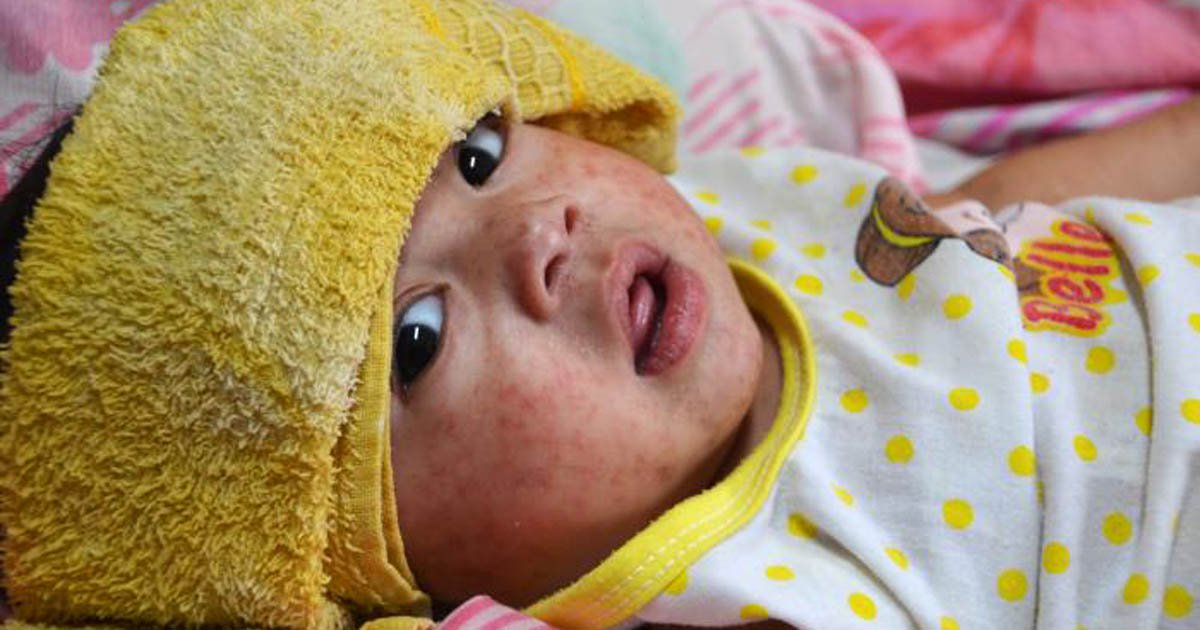2013 NYC measles outbreak exposes gaps, shows significant burden on public health services
A measles outbreak in New York City spurred by an unvaccinated teenager traveling to London could have been more quickly contained with timely reporting by health care providers, which could have saved public health resources and funding.
“On March 13, 2013, an unvaccinated adolescent returned to New York City, New York, while infectious with measles after visiting London, United Kingdom,” Jennifer B. Rosen, MD, from the New York City Department of Health and Mental Hygiene, and colleagues wrote. “This importation led to what had been the largest outbreak of measles in New York City since 1992, before measles was eliminated in the United States.”
Rosen and colleagues noted that to contain these outbreaks caused by internationally imported cases, “extensive and rapid control measures” are required; however, the epidemiology and the burden on public health resources that this particular outbreak caused was unclear. The researchers analyzed the impact by calculating the number of measles cases and contacts within this time, as well as the amount of time spent by New York City Department of Health and Mental Hygiene (DOHMH) personnel and the total direct cost to the department.

According to Rosen and colleagues, 58 people had measles in New York City between March 13, 2013, and June 9, 2013 (median age, 3 years; range, 0-32 years). More than three-fourths of those who became infected were unvaccinated (78%), with immunization status attributable to parental refusal or intentional delay.
The researchers noted that infection in pregnant women during the outbreak resulted in one miscarriage and one case of congenital measles.
Of those who were infected, less than half (48%) sought health care from a professional who suspected measles and quickly reported the case to the DOHMH. Airborne isolations were not implemented in a timely manner for many people with measles, a practice that led to subsequent exposures in 11 health care facilities. Rosen and colleagues report 3,351 identified exposures during the outbreak.
The 2013 measles outbreak was also costly, with the New York City DOHMH expending $394,448 in supplies and materials, equipment and logistics, in addition to the salary and fringe benefits of department personnel. The researchers calculated that 10,054 hours were used to respond and control this measles outbreak.
“Because measles is relatively uncommon in the U.S. in the postvaccination era, not all health care professionals are familiar with the disease,” Rosen and colleagues wrote. “Prompt recognition of measles is critical, and rapidly isolating suspected case patients in health care facilities may avoid a large number of exposures… More complete and timely clinician reporting of suspected cases to the New York City DOHMH would have enabled more rapid investigation and implementation of control measures.” – by Katherine Bortz
Disclosures: The authors report no relevant financial disclosures.

